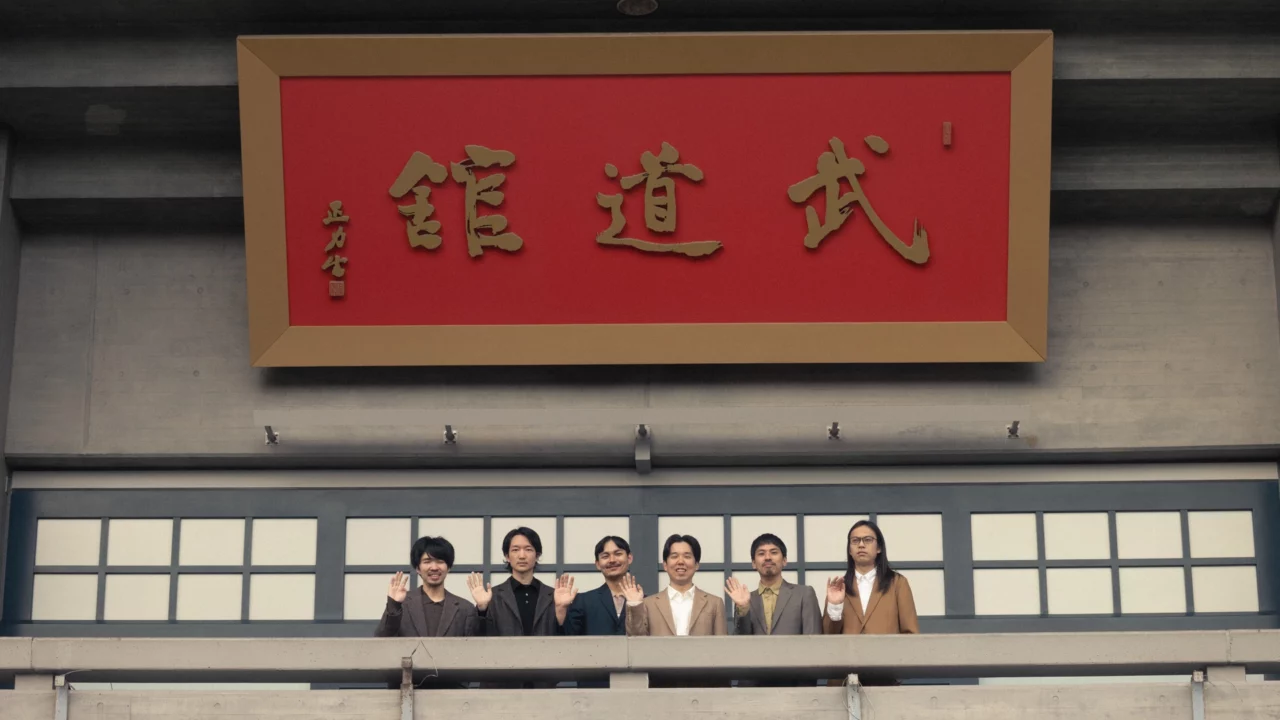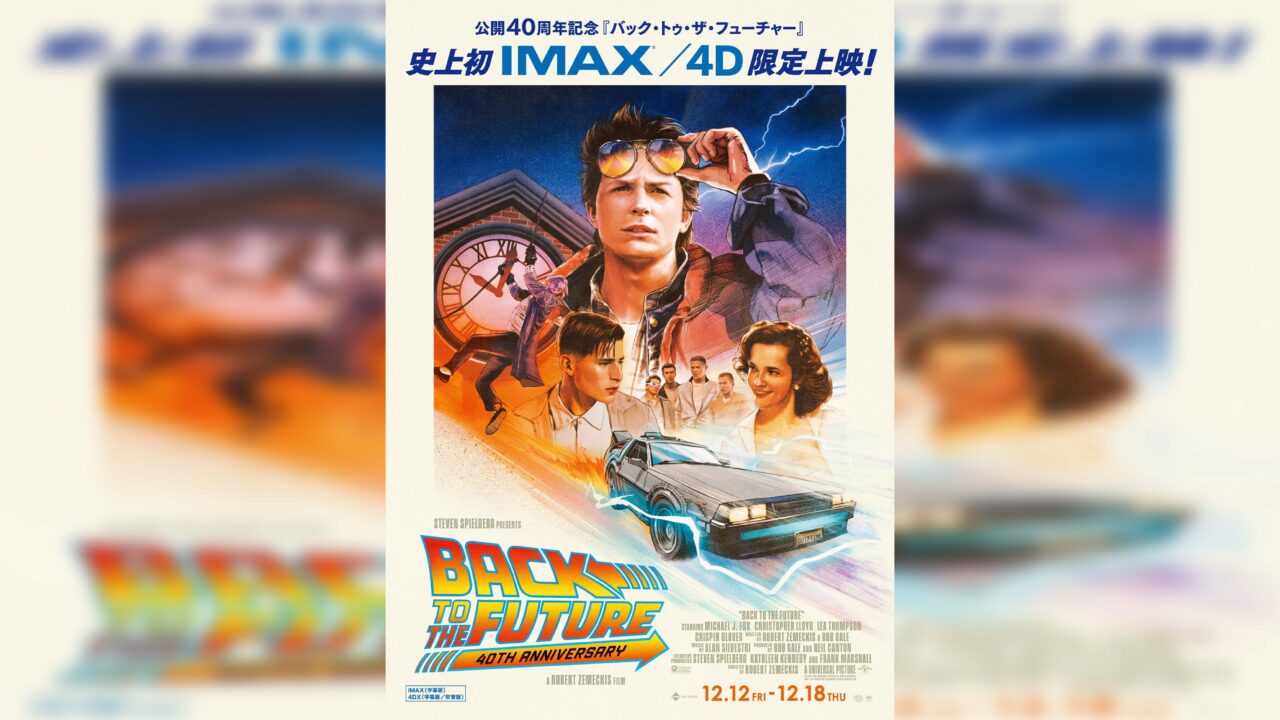INDEX
Questioning the current trend: revitalization of the past and finding meanings in context
It leads to the familiar exclamation about the effectiveness of past musical designs as a “tag” device for current blockbusters. On the other hand, a question arises: huge entertainment films like “Barbie,” which should be a socially conscious film, can play with such a small, nostalgic representation?
If someone points out that “many young and fresh artists are participating in the film,” I can only say “Yes, that’s true.” However, when one considers that PinkPantheress and GAYLE, for example, who participated in the soundtrack of this album, are often associated with Drum and bass revival and pop-punk revival, and in fact, the songs they have provided show such designs. Such designs are evident in their songs, and it would be fair to assume that “nostalgia as fantasy” is also pulsating in their music. We can analyze this as evidence that the current mainstream pop music scene, like the current trend of blockbuster movies produced by huge capitalist productions, is eager to “rehash the past.
Whether commercial film or pop music, this trend has become increasingly obvious in content produced by huge capital over the past few decades. There is probably a joy of user-participatory, convergence-culture style of reading and understanding fun . In fact, as I tried to show above, the attitude of enjoying the disturbance and re-contextualization of past music, taking into account its various meanings and accompanying contexts, is not limited to the behavior of so-called “enthusiasts,” but seems to be becoming more and more common (see the recent inflation of “consideration” and “interpretation” culture.
It is easy to see how this could be described as the deepening of a postmodern commodity economy in which all past content and new content are de-temporalized and consumed in parallel (Fredric Jameson once identified the “Star Wars” series as “nostalgia films” despite their cosmic appearance).
On the other hand, however, Barbie’s “over-polite” treatment and contortions of past cultural design, as well as its narrative style that presupposes (selectively?) an “audience that understands jokes,” are all too often seen as nostalgia films. It seems that “Barbie” is a poor symbol of the recent rise of symbolic games in blockbuster films.

The “symbol game” symbolizes even the ideas entrusted in the work
It would be a lie if I said I was not concerned about the auto-addictive attitude in the narrative. It’s fine to make a joke about the mansplaining gesture of “the movie-loving man who draws on his vast knowledge about the ‘Godfather’ series” as “a certain kind of joke,” but the fact that this joke requires the audience to take a “meta-viewpoint” from the beginning in order to accept it as a joke nullifies the joke’s critical function.
But does not this system, which requires the audience to take a meta-viewpoint to accept the joke, nullify the critical function of the joke? In short, while reading and criticizing the power structure in the “men’s knowledge lesson,” the criticism may be that membership in a circle where one can “giggle” at the depiction itself presupposes the existence of some intellectual capital. (Note that I am not taking issue with “jokes” in general, but rather with a certain point of view attached to them. Needless to say, jokes and the humor they embody would be one of the more important elements even if the film were a “social” film, or rather if it were a “social” film.)
So, to put it bluntly, what underpins the ethics of this seemingly “social” epic is, after all, nothing more than the closed logic of a symbolic/self-referential game played by subcultural elites? The question arises, “What is the logic of the subcultural elites’ symbolic/self-referential game?

In recent years, this symbolic/self-referential game structure has permeated recent major “topical” films to a considerable extent. I expect that this trend will probably grow even larger in the future with the “democratization” of “consideration” and “interpretation,” as I mentioned above. Moreover, only the filmmakers (and their financiers) are acutely aware of such game-like structures above all else, which is a characteristic of recent major films.
The game-like structure in which symbols based on such minute “cultural knowledge” are used as stakes seems to have irreversible propagating power. It is easy to understand how certain jokes, music, art, plot, etc., converge into such a structure. Still, it is horrifying that sometimes even the film’s external elements (social messages) are entangled in such a structure. The “de-ideological” tendency of symbolic manipulation itself, in turn, symbolizes even the “ideas” that are supposed to be entrusted to the work, and turns every event into a spectacle – in the sense that this is an extension of the symbolic difference game, it is the destiny of the capitalist ( This is the fate of the capitalist (realist) movement in the sense that it extends the game of symbolic difference.
Is Barbie a correct and elegant film?
As I mentioned at the beginning of this article, the high level of social consciousness in “Barbie” and its conscious focus on various social issues is remarkable. However, when we consider the reality that these attitudes ultimately function only as “tag” symbols to promote the benefits of the advanced commodity economy/content industry in which Mattel and other mega-capitalists sit at the round table, we naturally wonder if we can just say, “This movie is great because it is about social issues! The question arises, of course, whether we can simply say, “This film is great for its social issues!
In the film, there is a joke in which the CEO of Mattel, played by Will Farrell, proudly proclaims diversity and flaunts the fact that the company has had female executives in the past and has installed gender-less restrooms. The irony here is that the film itself is made to function as a political “symbol,” similar to the “expedient” of installing genderless toilets. Or the film’s structure in which the voice of one of its key characters, Sasha, cursing Barbie as a symbol of evil in a consumerist society, can become a huge “boomerang” for the film. These are the dilemmas that “social films” made by the conglomerate system of giant media/content companies are destined to face.

Again, of course, the production team, with their exceptional talent and intelligence, must be aware of this dilemma. However, that is why I sensed in this film, more than the energy of empowerment, a somewhat pessimistic look at such dilemmas (the dangerous placement of the self-referential black joke I mentioned earlier is the best example of this). ) And the viewer can feel this indescribable feeling of dilemma. The progressive adults who understand jokes who are supposed to be this film’s “good” audience should not fail to feel it.
And does not such a way of watching the Olympics share the same attitude as that of “watching the Olympics to enjoy the excitement of sports ‘purely’ (knowing that various sponsorship deals, huge interests in broadcasting rights, and political speculations and injustices are stirring)”? In a sense, isn’t that the ultimate capitalist realism? Is that okay, no, but “reality” is not the same as “ideal,” so ……. If, hypothetically, the “socialist” epic film has functioned to alleviate the fatigue of such hesitation, isn’t it too ironic?























